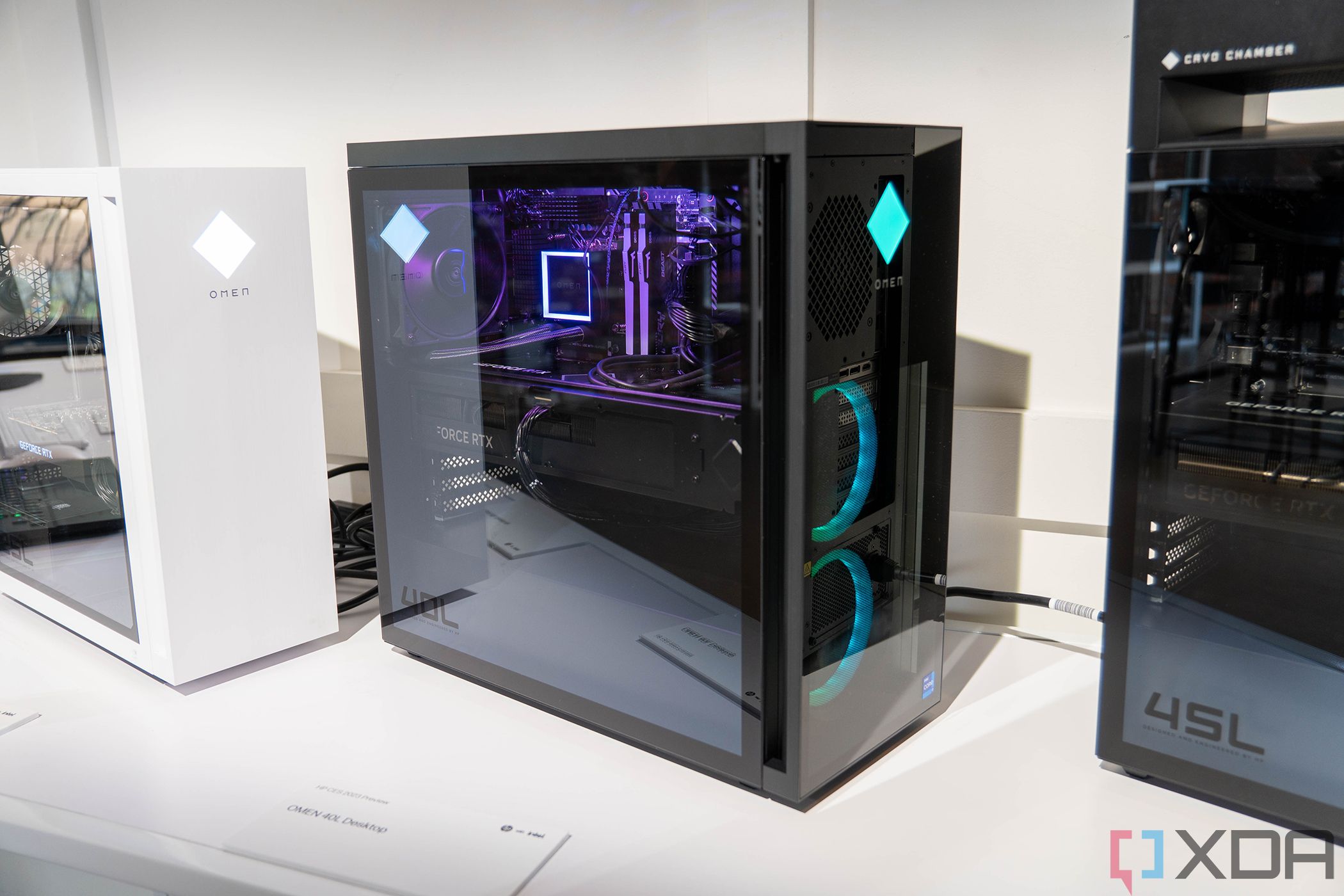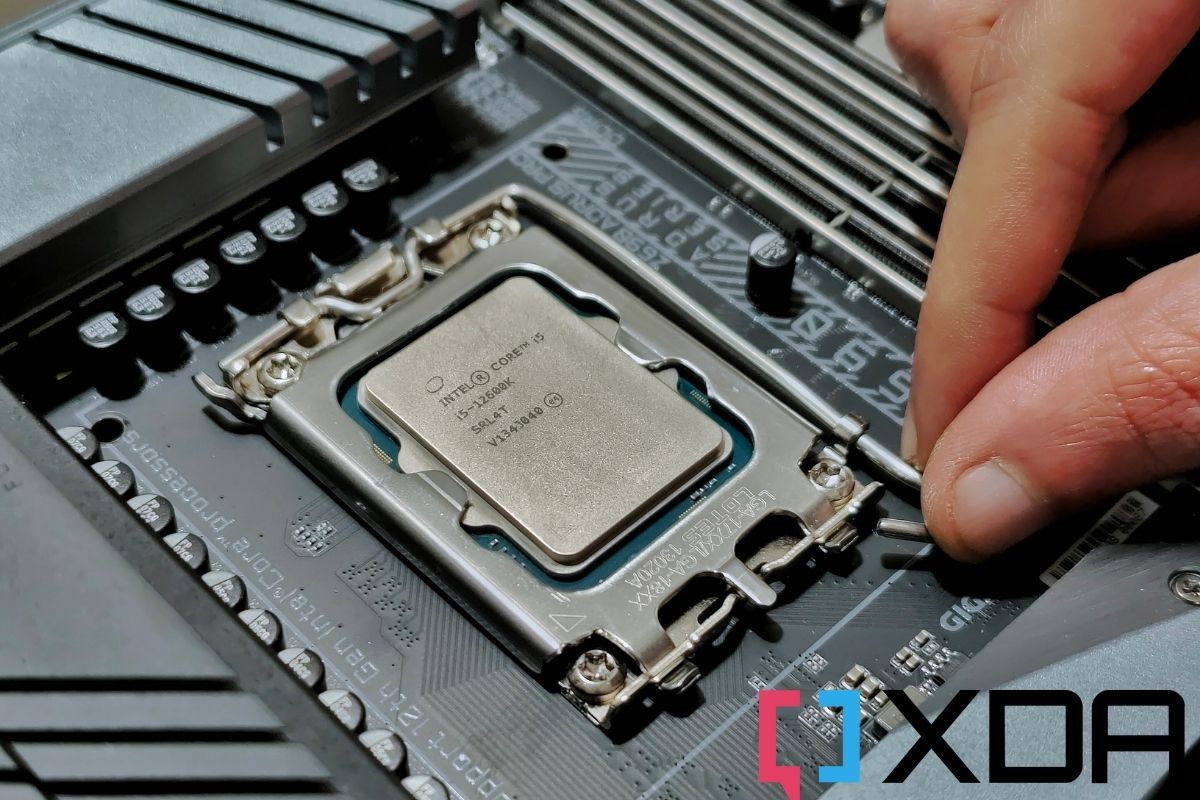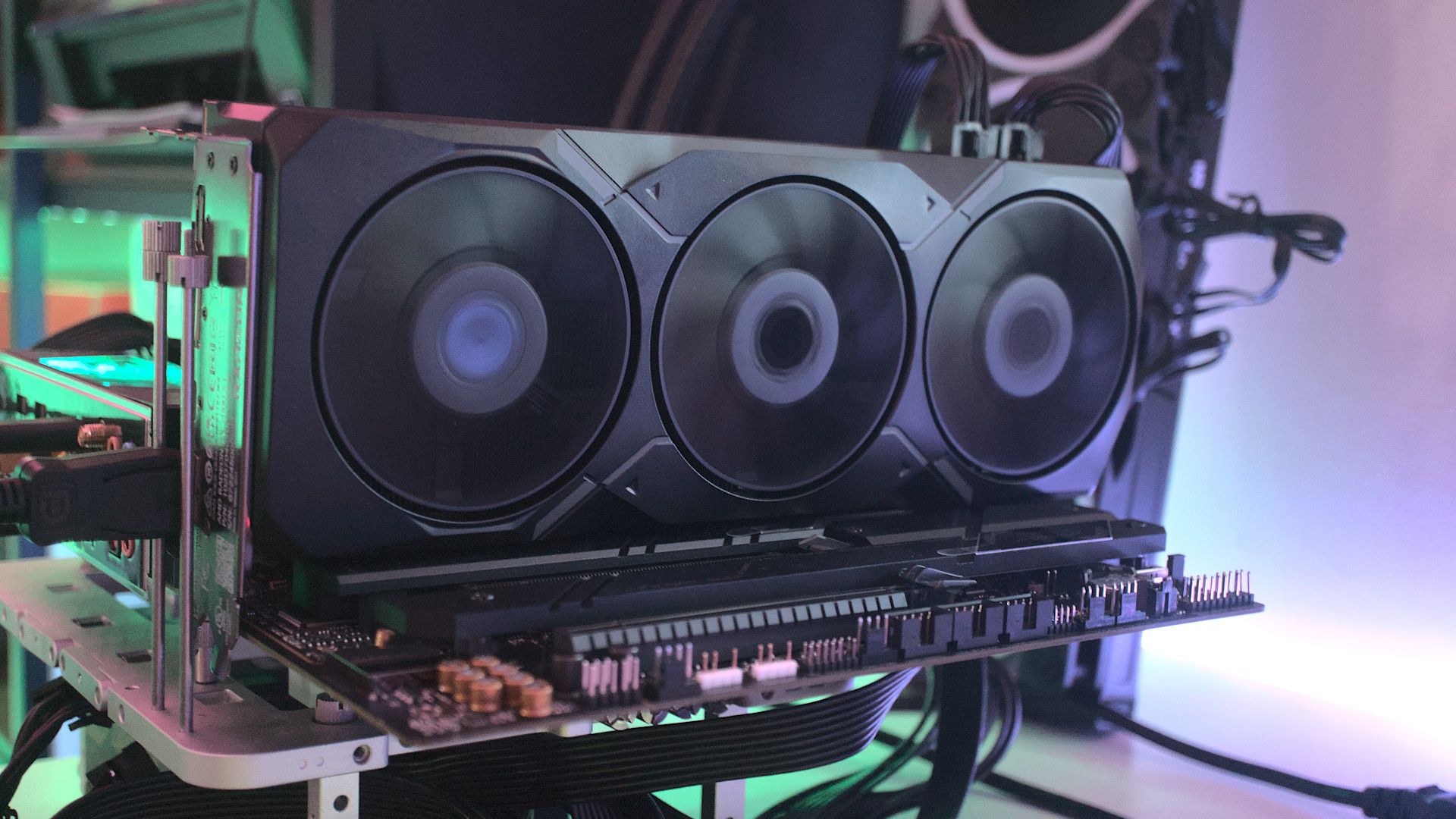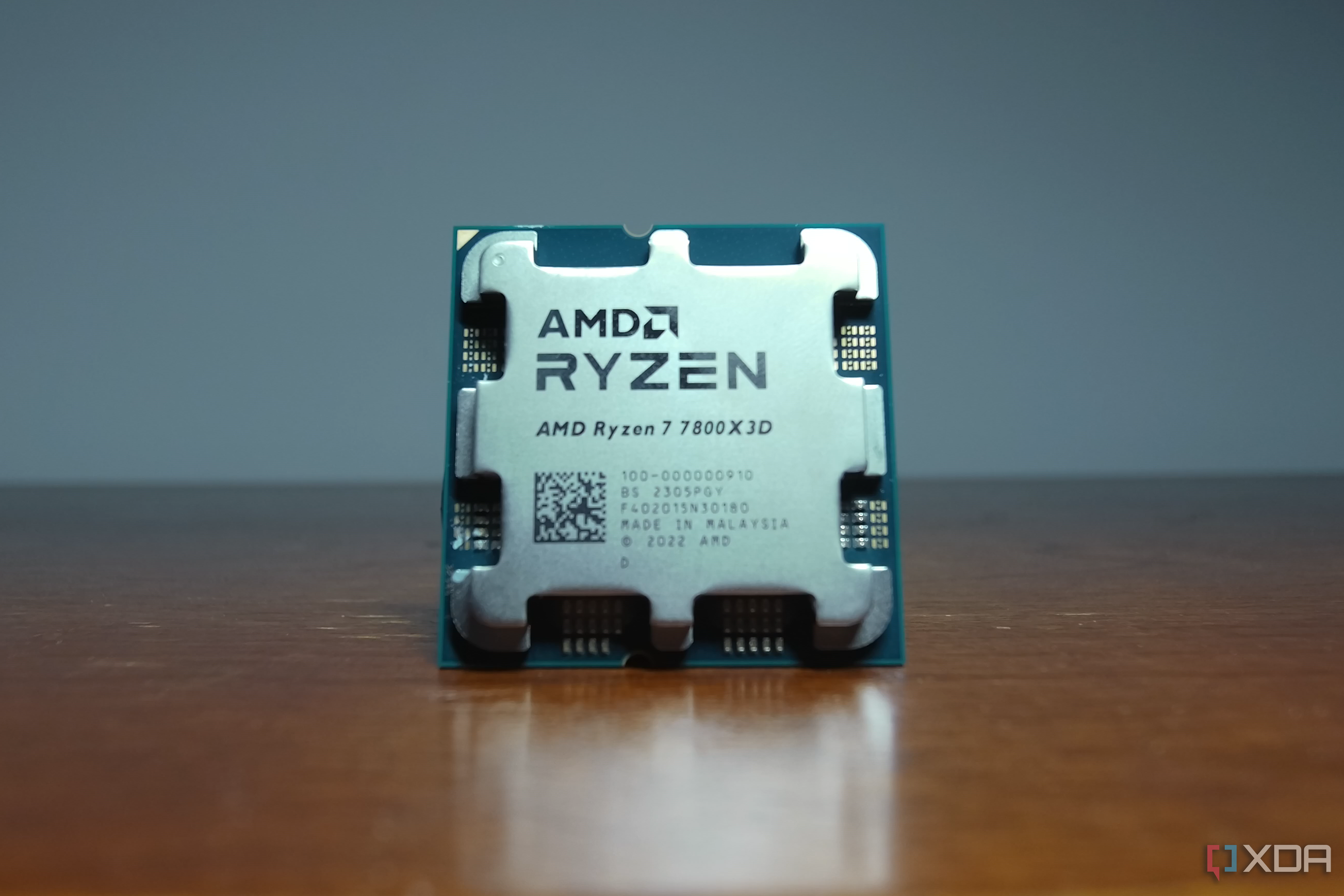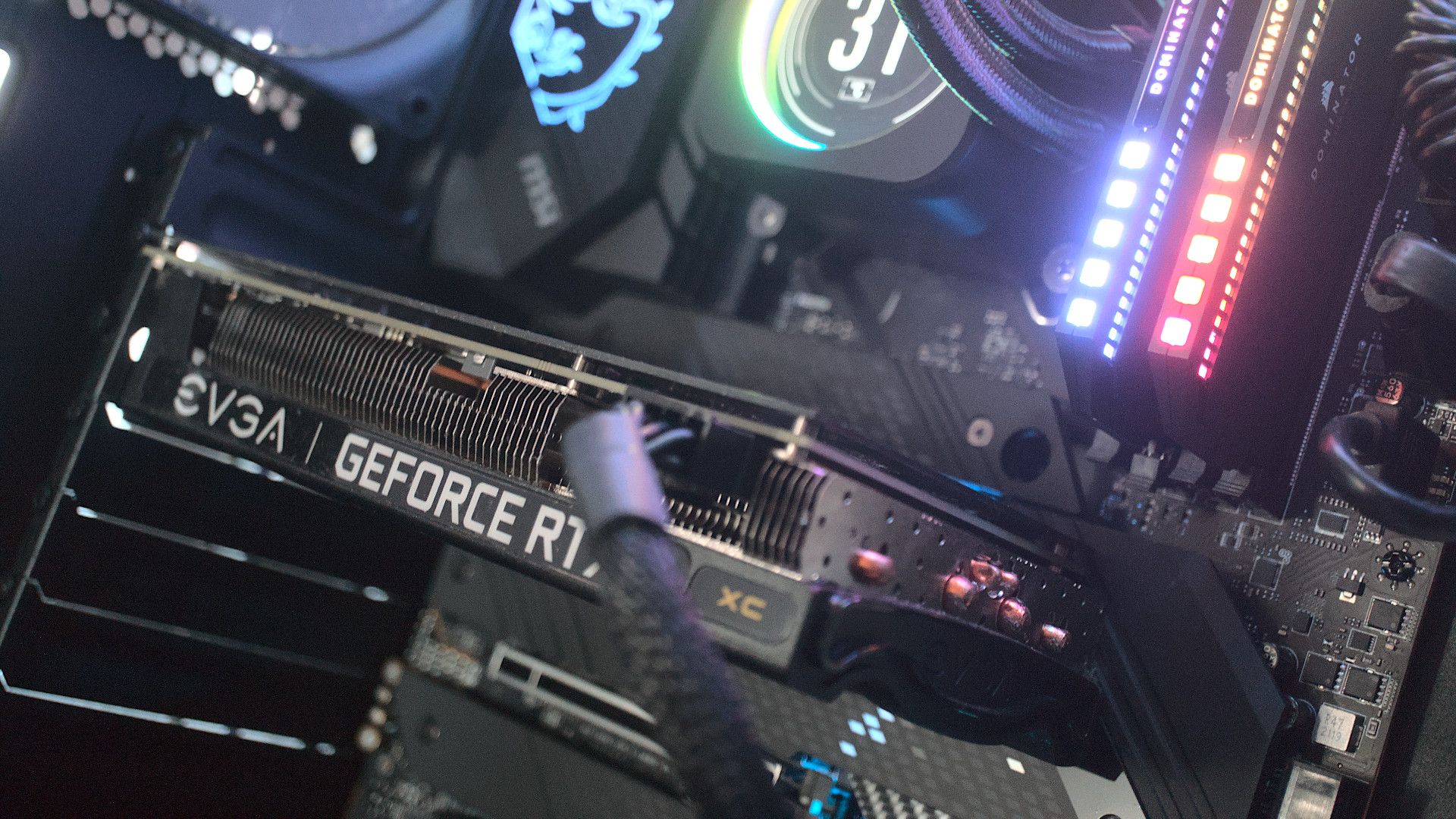Quick Links
Benchmarking is one of the most popular pastimes of the computer community, whether it's simply for seeing how fast a PC is or for getting bragging rights. It's not difficult to run a benchmark; you just have to download some software, run it, and record the result. From casual users to professional reviewers, benchmarks are practically universal.
But there is a little more to benchmarking than just running a test and there are some key things to consider when running benchmarks that can have a significant impact on the scores your hardware receives. To be clear, there isn't a single correct approach to benchmarking individual components, and in fact, there are different methods of benchmarking that can get useful data. Good benchmarking is really about understanding what you're testing, under what conditions, and how you're testing it.
Two ways of benchmarking: scientifically and realistically
Before you even download any software, the first question you ought to ask yourself is why you're benchmarking, and there are two basic answers: you're either benchmarking to find the theoretically highest performance of a component, or to find how a component performs in typical day-to-day use. The former case is scientific benchmarking and the latter is realistic or practical benchmarking, and this is generally where the benchmarking practices of a reviewer and a user will diverge.
Scientifically benchmarking a component is all about isolating other components and making sure they're influencing the results of a benchmark as little as possible. For example, in many CPU reviews, you'll see the test system uses really low graphics settings no matter what CPU is being tested. This is to ensure that the GPU isn't limiting performance and to force the CPU to become the limiting factor (referred to as a bottleneck) in performance. Other software-related practices include testing on a fresh operating system, closing as many background tasks as possible, and setting the power settings to maximum.
Hardware is also important in scientific benchmarking since tweaking settings isn't always enough to avoid bottlenecks. Basically, you want every component a test system (except for the one that's being tested) to be as high-end as possible so that they're not factoring into the data. That's basically all there is to the methodology of scientific benchmarking.
Though obviously, none of us use our computers like this, and results from scientific benchmarks would be essentially unrealistic, which is why you'll probably benchmark more realistically unless you're a reviewer. For end users, this basically just means running benchmarks under normal conditions, with your usual background applications open, using the settings you tend to use, and using your regular hardware. Reviewers might also take a pseudo-realistic approach for scientific benchmarking, where the conditions are still controlled, but tweaked to reflect a typical user's PC.
If you're trying to hit the highest benchmark scores for bragging rights or pure curiosity, scientific benchmarking is probably what you want to do. But if you're just trying to get a quick score for your hardware or you're trying to optimize the performance of your PC, realistic benchmarking is probably what you ought to be doing instead.
The tools of benchmarking
We're still not quite ready to actually talk about benchmarking tools themselves, because sometimes benchmarking isn't an automatic process. Depending on the benchmark and what you're testing, it might be necessary to get additional applications to record and monitor important statistics about your PC. There are lots of applications that fulfill these purposes but we're just going to go through a few particularly vital ones.
For basic hardware monitoring, Task Manager is perhaps the most well-known. It's often used for killing programs, but it also comes with a decently robust hardware monitoring section for the CPU, RAM, storage, graphics, and network devices. Task Manager only shows diagnostic data and can't record it, but if you're just curious about basic stuff like usage then it should be sufficient.
More advanced monitoring software is required if you need in-depth statistics about frequencies, power usage, temperatures, voltage, and other data points. HWMonitor is a great program for showing this kind of stuff in a simple table format as it not only tracks real-time data, but also minimums, maximums, and average values. There's also MSI Afterburner, which tracks much of the same data but shows it in graph form or even in an overlay in games, which is useful for viewing critical component info while running a gaming benchmark.
If you plan on benchmarking games without using built-in tests, then you'll need a program that records framerate data, and one of the best applications for that is OCAT. It's an open-source program that records average and 99th percentile framerates and can visualize all that on a graph. OCAT also comes with a useful overlay that you can disable if it causes problems (which isn't infrequent). The best way to test a game with OCAT is to create a save, start recording data, then play normally for a few minutes. If you want to run multiple, repeatable tests, just reload the save and play the game normally again for the same amount of time.
If you're doing casual benchmarking, it's probably not necessary to use any of these applications, but anyone who wants to record a fairly good amount of comprehensive data should use at least one of these pieces of software. For some things like power consumption and voltage, you pretty much have to use an app like HWMonitor or MSI Afterburner, as benchmarking software itself rarely ever records that info.
Best benchmarks for testing common components
Okay, we're finally going to talk about individual components and how to test them. This is by no means a comprehensive list of all the things you could benchmark, nor all the benchmarks you could perform; this is just a list of the most popular components to benchmark, and the quintessential benchmarks for those components.
CPUs
There are three basic things to test with CPUs: single-threaded performance, multi-threaded performance, and gaming performance. These three performance areas have some overlap but are pretty distinct. Cinebench R23 is a great benchmark for testing raw single- and multi-threaded performance; Blender's benchmark is a similar but slightly more realistic benchmark for testing multi-threaded prowess; and PugetBench is good for showing general performance in creative applications like Adobe Photoshop and Da Vince Resolve.
Testing CPU performance in games is quite complicated, but we're going to keep it simple and just focus on good games for testing CPU performance. There are tons of games out there but I'd recommend testing three types of games: a high FPS esports title, a modern, graphically intensive AAA game, and an older AAA game. Great games to test include Counter-Strike: Global Offensive, Forza Horizon 5, and Grand Theft Auto V for each respective category. Simply testing games that lots of reviewers test is also a good idea.
GPUs
With GPUs we mainly care about performance in games and performance in creative applications. 3DMark benchmarks like Time Spy and Firestrike are a simple and easy way of testing a GPU and getting an easy-to-understand score, though it doesn't necessarily reflect realistic gaming performance. Testing a GPU within an actual game is also quite simple; just run a fairly modern 3D game with your desired settings and see how fast the GPU is. You might also want to try messing around with different settings like ray tracing, DLSS/FSR/XeSS, DX11 vs. DX12, different resolutions, and so on.There are also benchmarks for testing a GPU's performance in creative and professional software. Blender's official benchmark is a good one to test since it's both realistic and demonstrates performance in a kind of workload that people often perform on the GPU. V-Ray is also another rendering benchmark that can also test ray tracing performance (though this is currently limited to Nvidia GPUs). PugetBench for Adobe applications, Da Vince Resolve, and Lightroom Classic are also good options, but CPU performance can have a significant impact on the results.
RAM
Although there are some RAM benchmarks like the one included in AIDA64 that show you read/write speeds and latency for your RAM, it doesn't tell you much about the real world performance of your PC. Instead, you should run CPU benchmarks (primarily games, which are most likely to benefit from faster RAM) and see if there's any performance uplift.
SSDs, HDDs, and other storage
For most users, CrystalDiskMark is the only storage benchmark you really need. It tests pretty much all the main metrics you'd care about in an SSD or HDD and is also highly customizable. If you want a benchmark with a score attached to it, then 3DMark's Storage Benchmark is a good choice.
CPU and GPU coolers
Testing the cooling prowess of a cooler hinges on making as much heat as possible by consuming as much power as possible. For CPUs, a fine benchmark to use is Cinebench R23 and monitoring the CPU temperature with HWMonitor or another application. For GPUs, running 3DMark Time Spy or any graphically intensive game will work, and to monitor the GPU temperature it's best to use MSI Afterburner but HWMonitor and other applications will also work.
Benchmarking is as difficult or challenging as you want it to be
Whether you're a casual user just looking for a score you can attach to your PC or a professional trying to figure out the fundamental properties of a component, benchmarking can be useful and even fun. One of the greatest things about benchmarking is that you get to determine how far you take it since there's not necessarily a single correct way to test hardware. To be clear, some ways are better than others, but as long as you're consistent in how you benchmark, you should be able to get usable data, which is the basic point of benchmarking.

